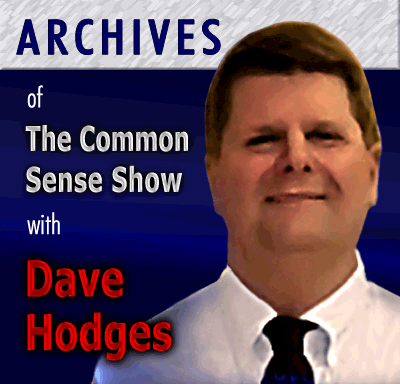The Forgotten Middle: Americans Struggling Paycheck to Paycheck...

By Study Finds
The projected health and financial outlook for Americans nearing retirement in the lower economic bracket hasn't improved over the last two decades, a recent study reveals. However, the individuals most overlooked are not just the lowest 15 percent based on financial resources, but also what the researchers label as the country's "the forgotten middle."
This group, falling between the 15th and 45th percentiles, often misses out on support systems such as Medicaid, low-income housing, and food stamps due to their marginally higher resources. They also still struggle to cover rising expenses like health care and housing.
To map the trends, researchers from Columbia University Mailman School of Public Health and University of Southern California utilized data from the Health and Retirement Survey, combined with an intricate microsimulation model, to estimate life expectancy and potential disabilities for 60-year-olds spanning from 1994 to 2018. Four distinct economic groups were analyzed, namely upper, upper-middle, lower-middle, and lower.
The results showed a somewhat bleak pattern: while life expectancy at age 60 grew by 1.5 to 2 years for the more affluent groups, it remained the same or even decreased for those at the lower end. The years anticipated to be lived without disability mirrored these results, revealing a decline in all categories, especially for those less economically privileged.
"The relatively neglected "forgotten middle" group of near-retirees in the lower-middle group will require stronger supports than are currently available to them," says Dr. John W. Rowe, the Julius B. Richmond Professor of Health Policy at Columbia University Mailman School of Public Health and the Butler Columbia Aging Center, in a university release. "This is not a tiny group, rather 30 percent of older persons. We need new strategies to avoid a wave of disability in late life."



























